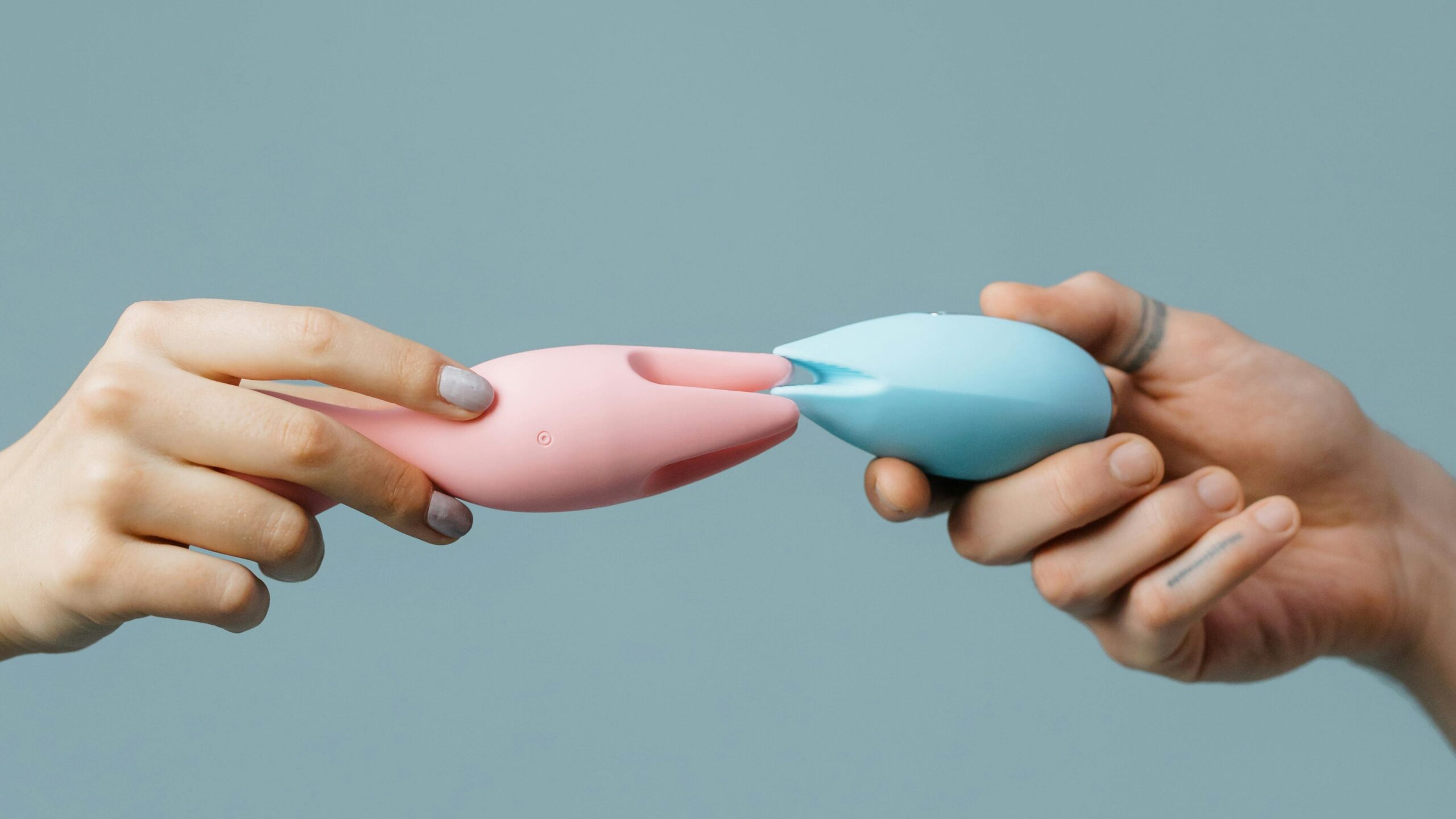Erectile dysfunction (ED) is a common condition that affects millions of men worldwide. It is defined as the inability to achieve or maintain an erection firm enough for sexual intercourse. While occasional difficulty is normal, persistent erectile dysfunction can impact relationships, self-esteem, and overall quality of life.
In this guide, we’ll explore the causes, symptoms, and effective treatments for erectile dysfunction, helping you better understand this condition and the steps you can take to address it.
What Is Erectile Dysfunction?
Erectile dysfunction occurs when there is an issue with the blood flow, nerve signals, or hormones involved in achieving an erection. It can also result from psychological factors or lifestyle habits.
Causes of Erectile Dysfunction
- Physical Causes
ED often has a physical origin, particularly in older men. Common physical causes include:- Heart disease: Poor circulation can prevent sufficient blood flow to the penis.
- Diabetes: High blood sugar levels can damage blood vessels and nerves.
- High blood pressure: This can affect blood flow to the penis.
- Obesity: Excess weight can contribute to conditions that lead to ED.
- Low testosterone levels: Hormonal imbalances can affect sexual desire and performance.
- Psychological Causes
Mental health plays a significant role in sexual performance. Common psychological causes include:- Stress: Work, family, or financial stress can interfere with arousal.
- Anxiety: Fear of sexual failure can create a cycle of repeated difficulties.
- Depression: Loss of interest in activities, including sex, is a common symptom of depression.
- Lifestyle Factors
Certain habits and lifestyle choices can increase the risk of ED, including:- Smoking: Damages blood vessels, reducing blood flow.
- Excessive alcohol consumption: Can affect hormone levels and nerve function.
- Poor diet: Lack of essential nutrients can impact overall health and sexual performance.
- Lack of exercise: Physical inactivity can contribute to conditions like obesity and heart disease.
Symptoms of Erectile Dysfunction
Men with ED may experience:
- Difficulty achieving an erection
- Trouble maintaining an erection during sexual activity
- Reduced sexual desire
These symptoms can occur occasionally or persistently. Chronic symptoms warrant a visit to a healthcare provider.
Diagnosing Erectile Dysfunction
To determine the cause of ED, a doctor may:
- Conduct a physical exam, including checking blood pressure and heart health.
- Review your medical history to identify potential contributing factors.
- Order blood tests to evaluate hormone levels, blood sugar, or cholesterol.
- Perform a psychological assessment to detect stress, anxiety, or depression.
Treatment Options for Erectile Dysfunction
1. Lifestyle Changes
Simple adjustments can have a big impact on ED:
- Quit smoking: Improves blood circulation.
- Adopt a healthy diet: Focus on whole grains, fruits, vegetables, and lean protein.
- Exercise regularly: Improves cardiovascular health and boosts testosterone levels.
- Limit alcohol consumption: Reduces potential negative effects on sexual performance.
2. Oral Medications
Prescription medications like sildenafil (Viagra), tadalafil (Cialis), and vardenafil (Levitra) are commonly used to treat ED.
- How they work: These drugs improve blood flow to the penis by relaxing blood vessels.
- Important considerations: Always use these medications under a doctor’s guidance to avoid side effects and interactions with other drugs.
3. Therapy and Counseling
If ED has a psychological component, therapy can be highly effective:
- Cognitive-behavioral therapy (CBT): Helps address negative thought patterns related to performance anxiety or stress.
- Couples therapy: Encourages open communication and improves intimacy.
4. Vacuum Erection Devices (VEDs)
These devices create a vacuum around the penis, drawing blood into the area to produce an erection. A constriction ring is then placed at the base of the penis to maintain the erection.
5. Hormone Therapy
If low testosterone is the cause, hormone replacement therapy may be recommended. This can involve injections, patches, or gels to restore hormonal balance.
6. Surgery
For severe cases where other treatments don’t work, surgical options are available:
- Penile implants: Inflatable or semi-rigid devices inserted into the penis to allow controlled erections.
- Vascular surgery: Repairs blocked blood vessels to improve blood flow to the penis.
Preventing Erectile Dysfunction
While not all causes of ED can be prevented, adopting healthy habits can reduce the risk:
- Maintain a balanced diet and exercise regularly.
- Avoid smoking and limit alcohol intake.
- Manage chronic conditions like diabetes and high blood pressure with proper medical care.
- Reduce stress and prioritize mental health.
- Schedule regular check-ups with your doctor to monitor overall health.
When to See a Doctor
It’s important to seek professional help if:
- ED occurs frequently or severely impacts your quality of life.
- You have underlying health conditions like diabetes or heart disease.
- Medications you’re taking may be causing ED as a side effect.
Conclusion
Erectile dysfunction is a treatable condition that affects many men at some point in their lives. By understanding the causes and exploring available treatment options, you can take proactive steps to manage ED and improve your quality of life.
Whether through lifestyle changes, medication, or therapy, help is available. If you’re experiencing ED, don’t hesitate to reach out to a healthcare professional for guidance and support. With the right approach, you can regain confidence and enjoy a fulfilling sexual life.
